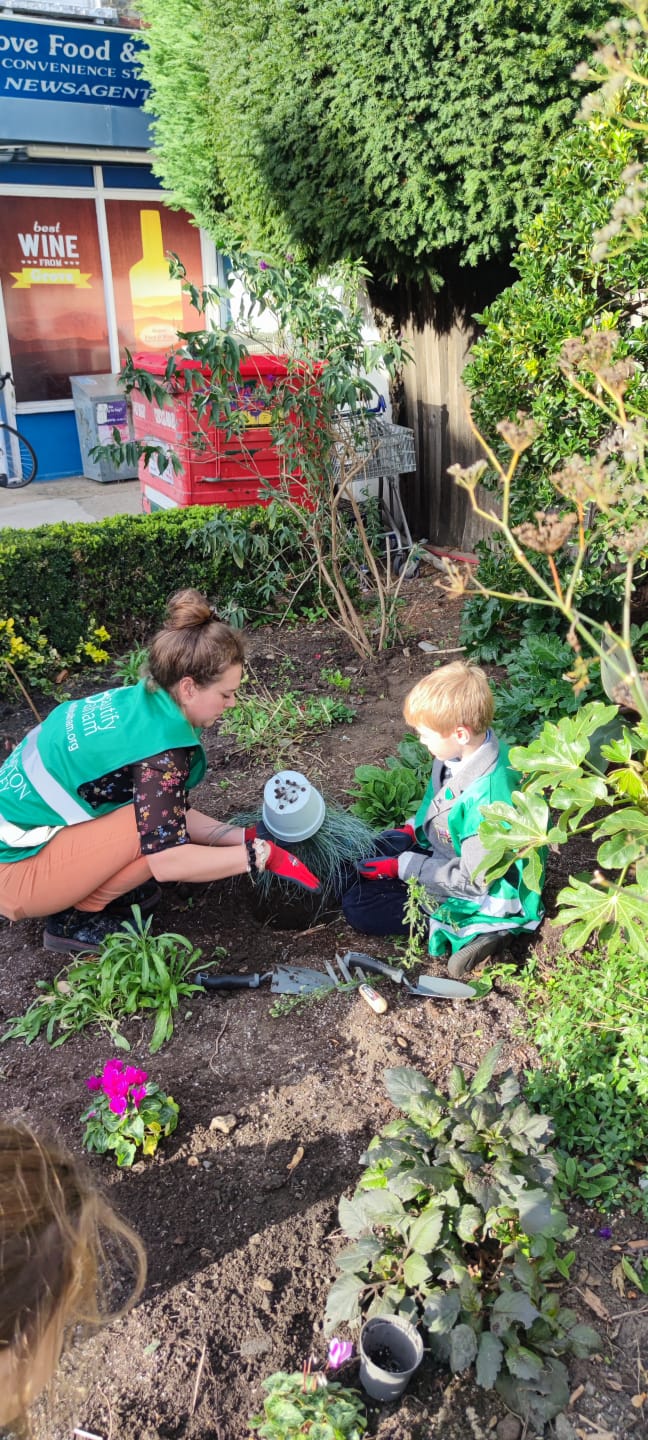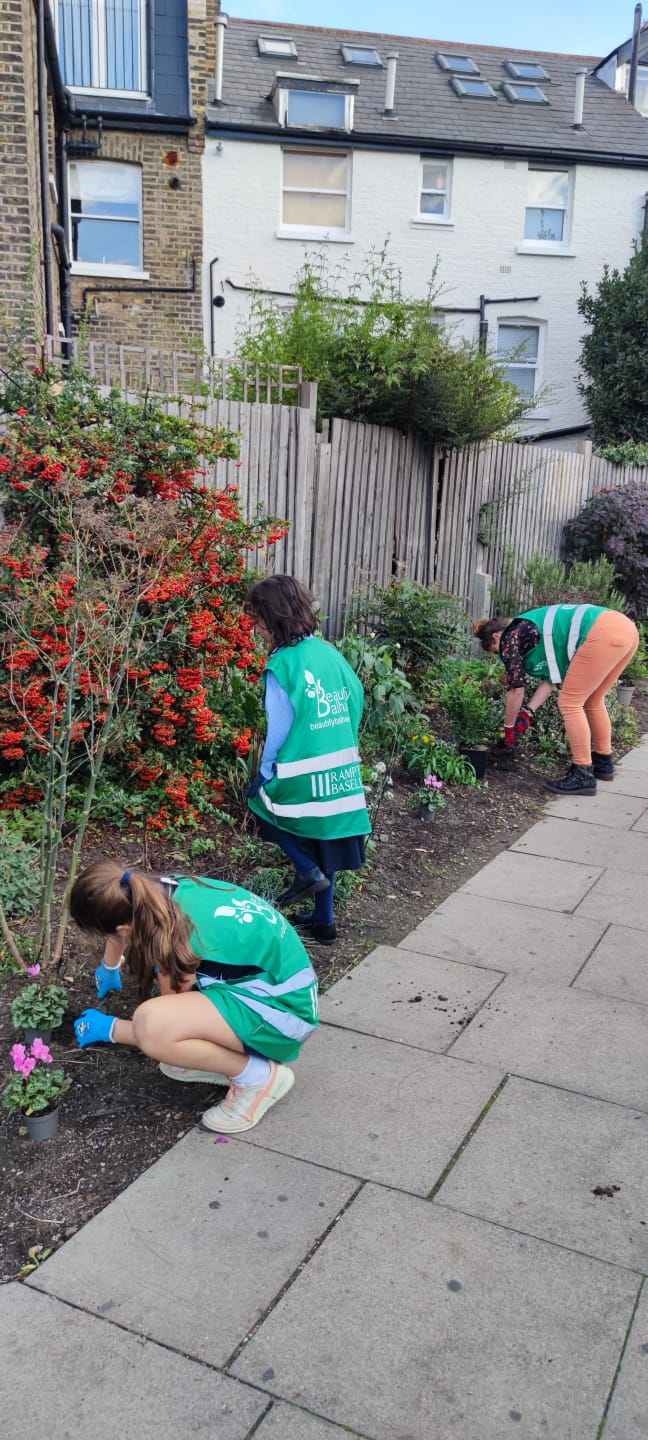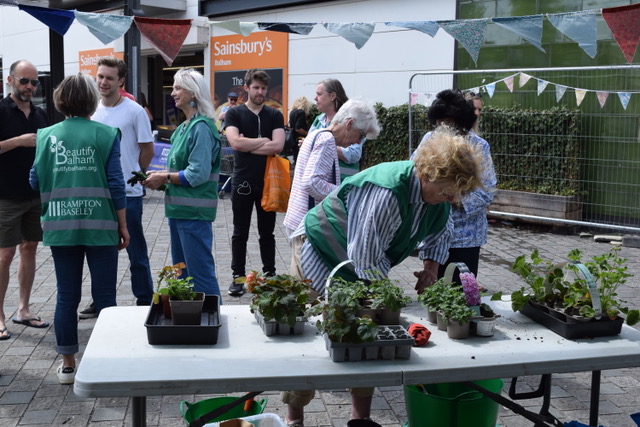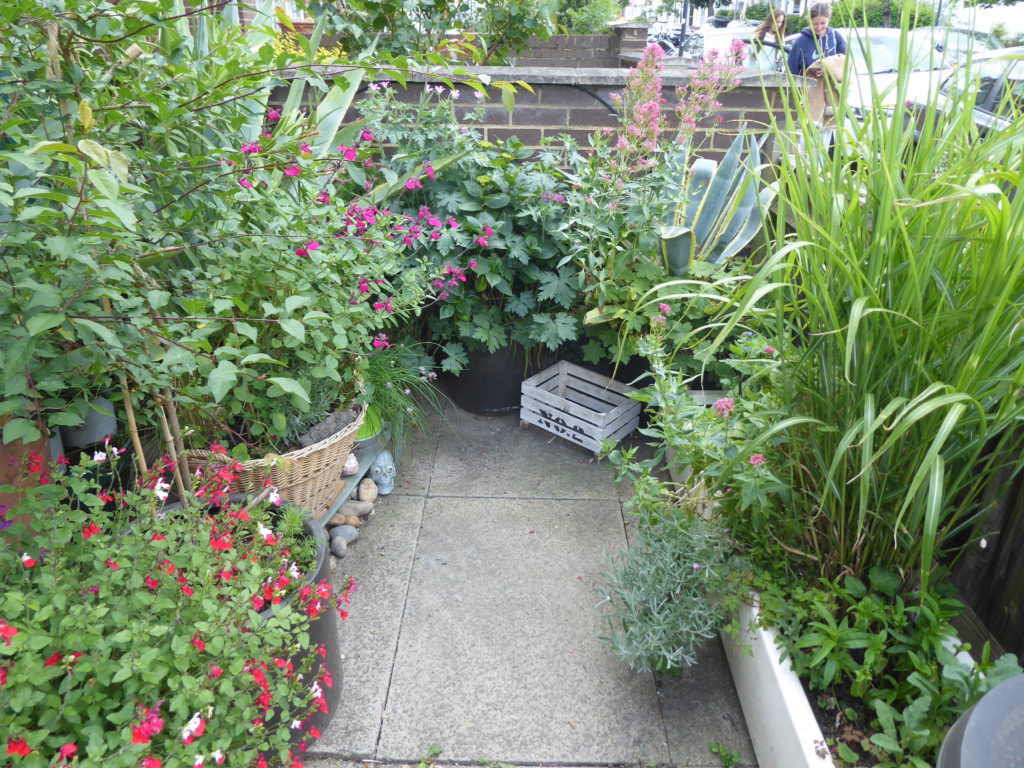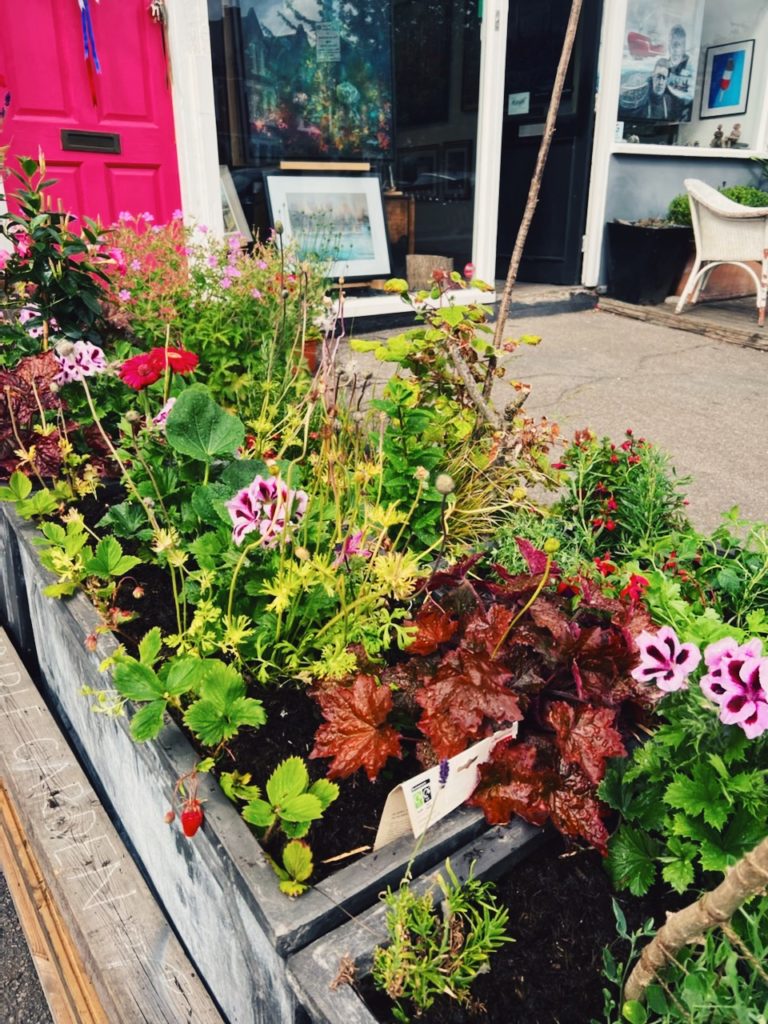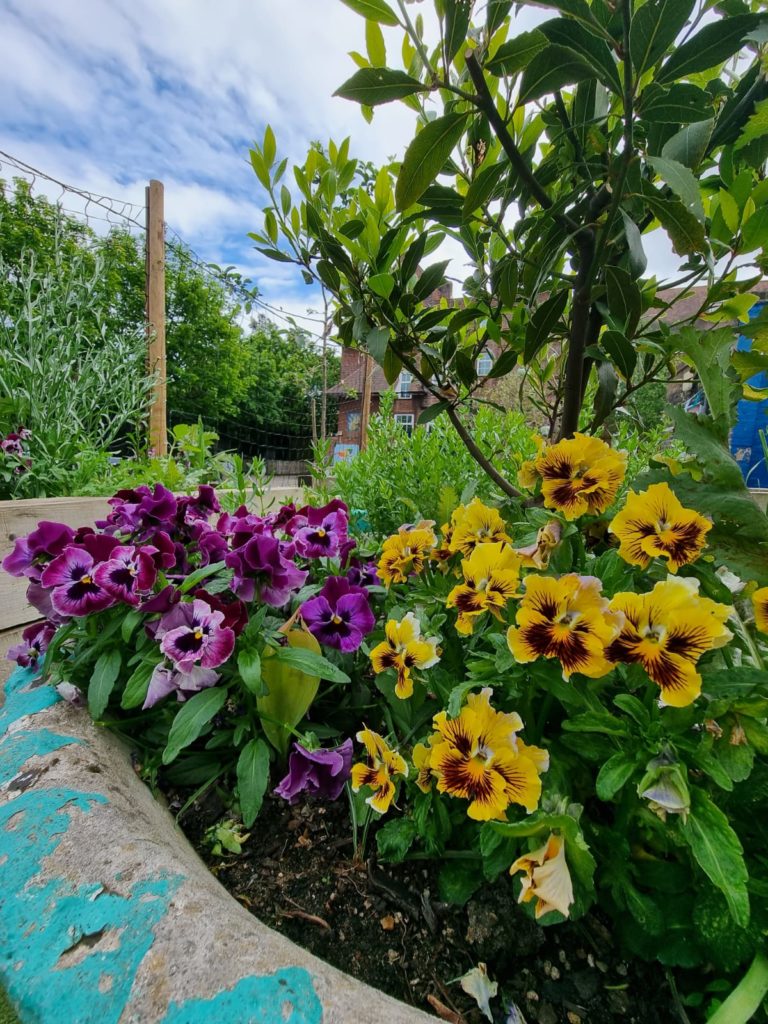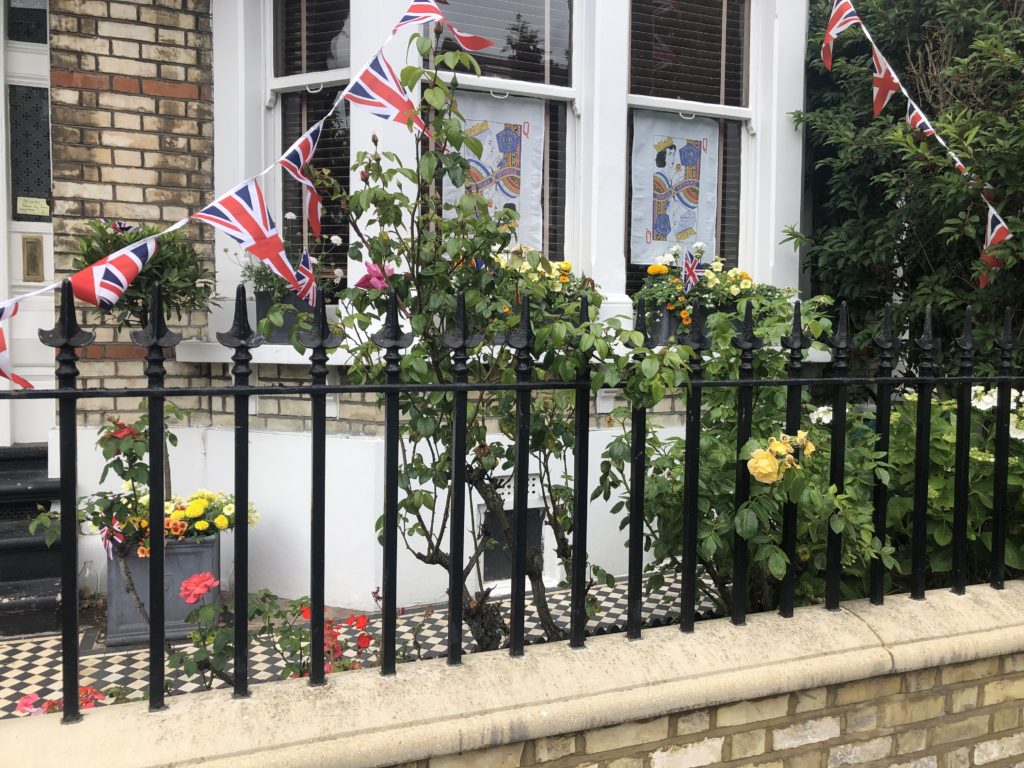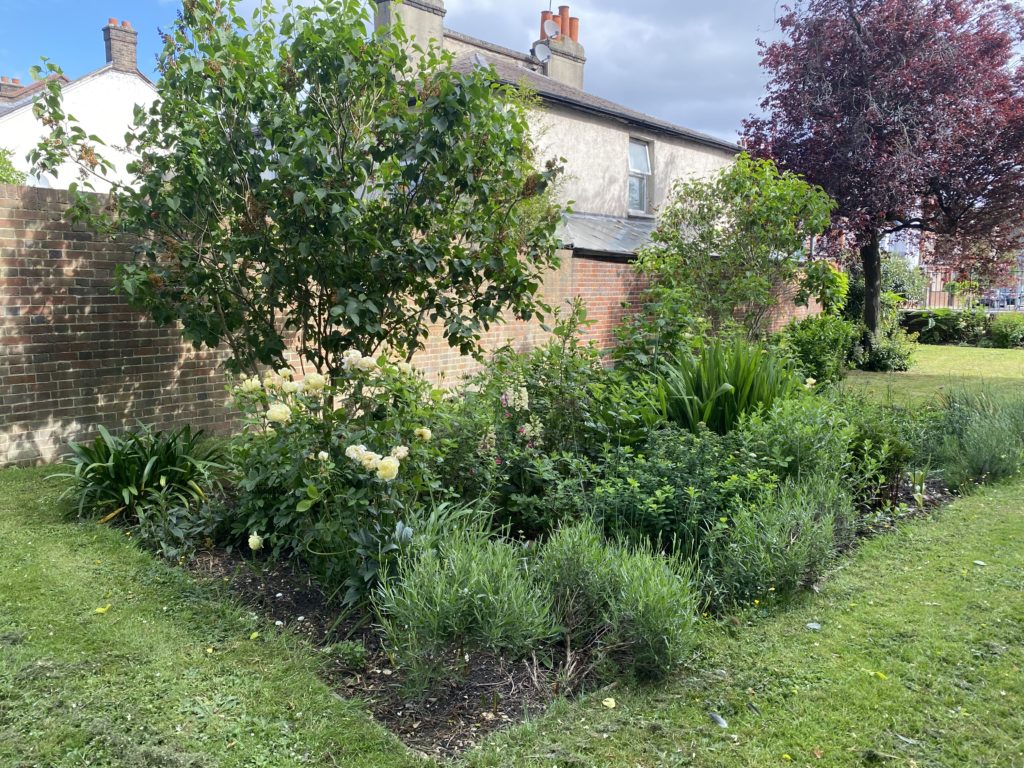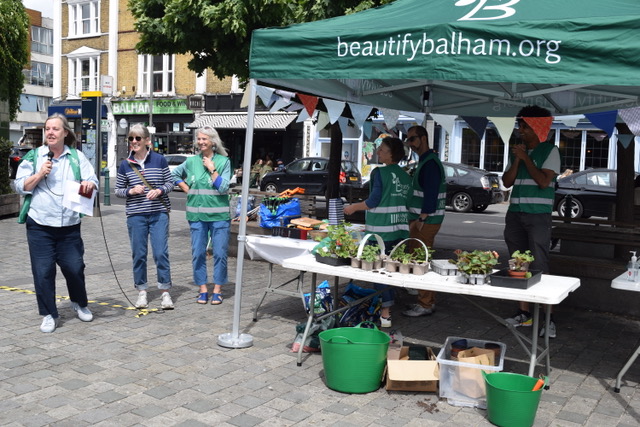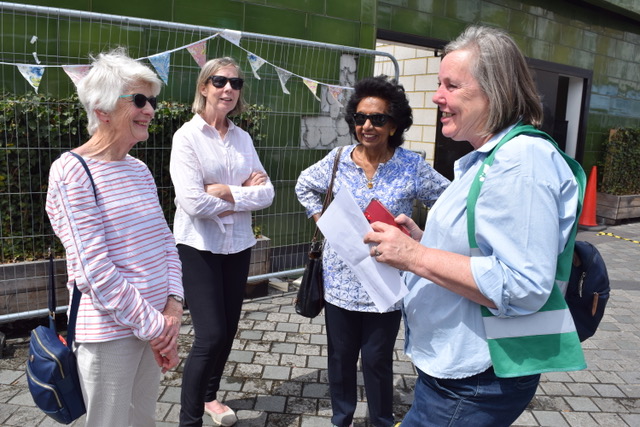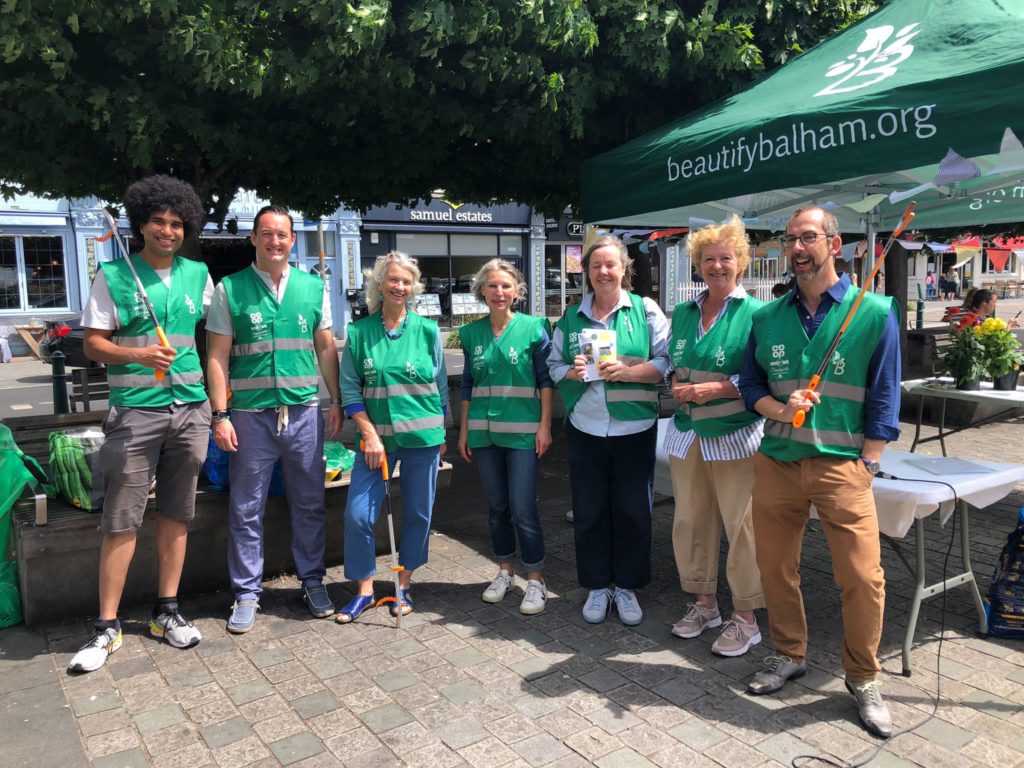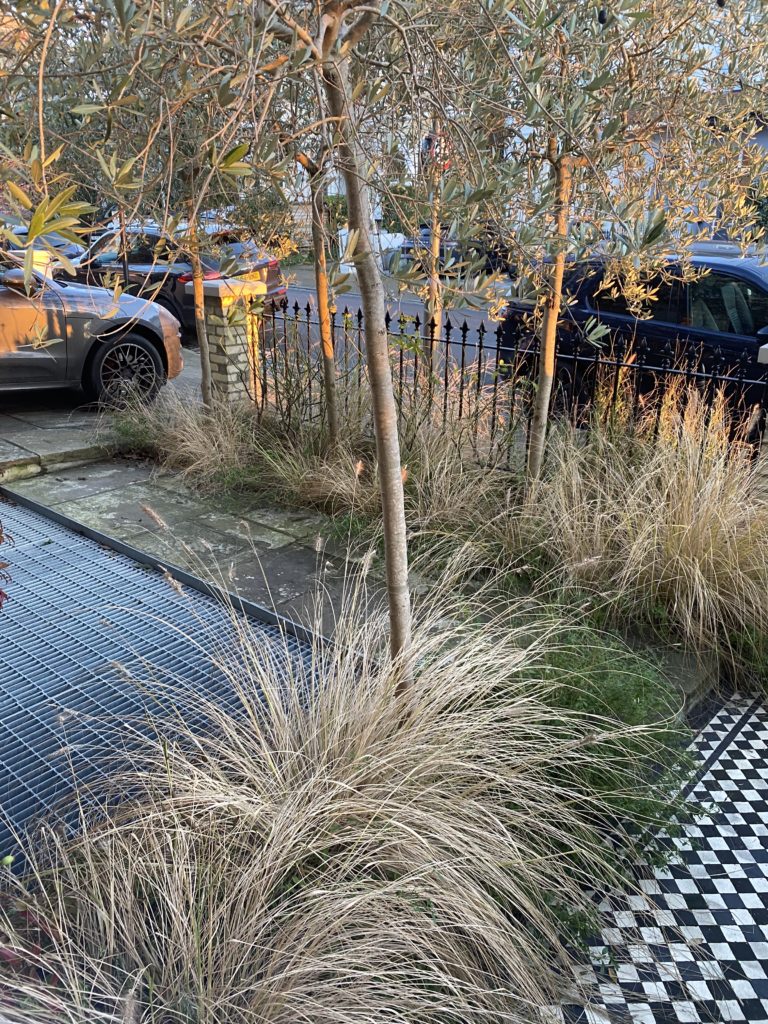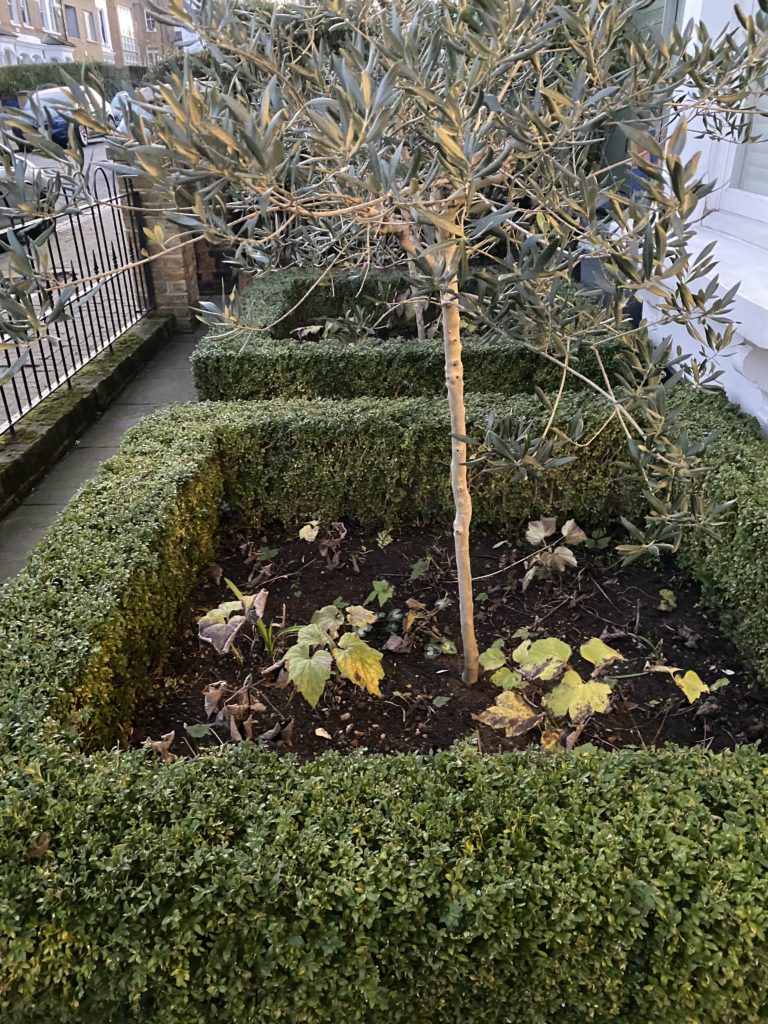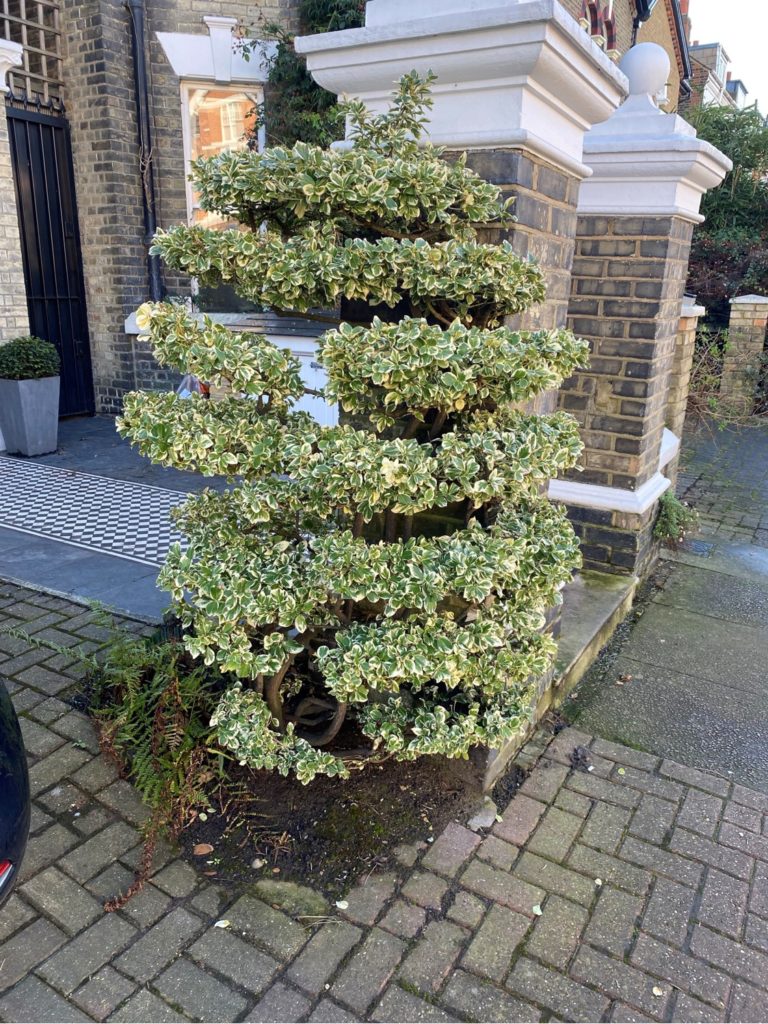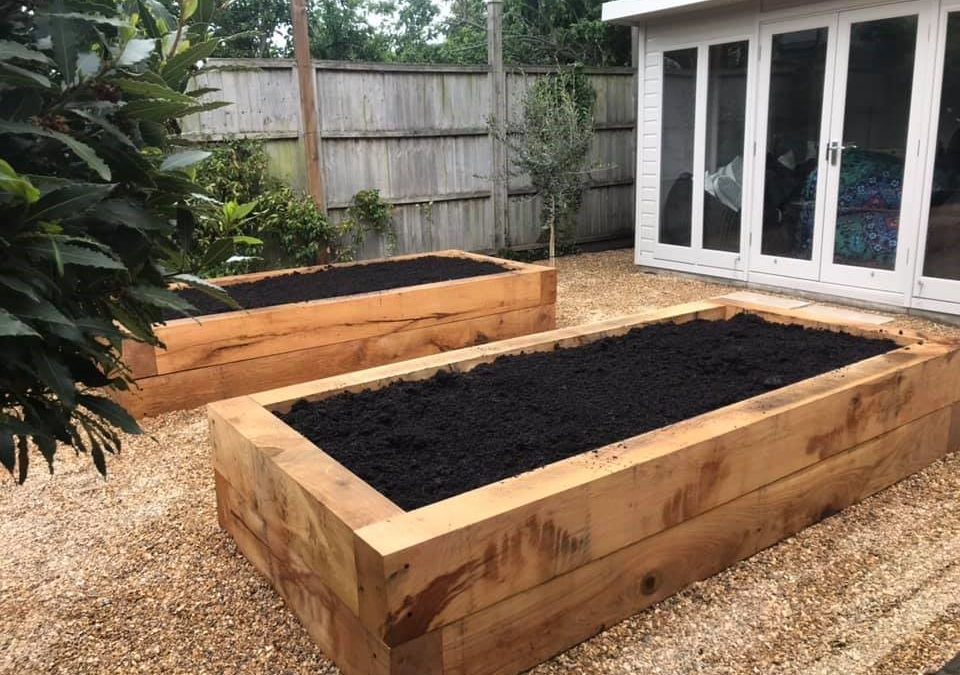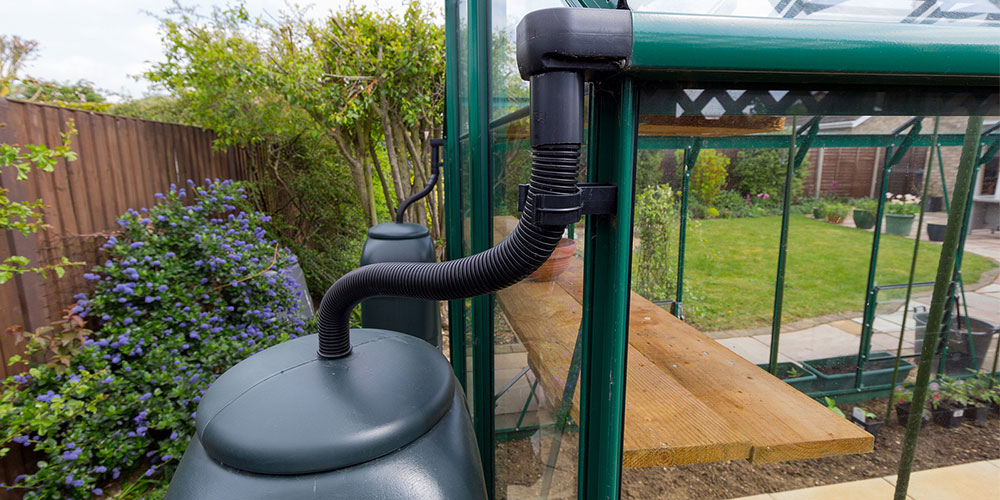
Have you ever considered all the rainwater that falls on your roof and gets funnelled away to the drains? No, I hadn’t either, until this summer. After last year’s heat wave it’s perhaps time to think about saving rainwater ready for potential more soaring temperatures during the summer months.
Here are several reasons why I think installing a water butt should be standard practice in our gardens:
Fresh water is a precious resource
Here in Britain we take our rainy days for granted, often wishing them away. Yet compare our green and fertile hills with those arid areas of the world where rain isn’t as plentiful, and we start to understand how this amazing supply of fresh water is actually one of our most precious resources.
A sprinkle of rainwater is similar to a light dose of fertiliser
Rainwater contains nitrates and organic matter, so it feeds and nourishes the plants as you’re watering them. Get ready for lush foliage!
Rainwater is 100% soft on plants
If you feel like you’ve always struggled to keep house plants happy, try watering them with rainwater! Rainwater is soft: free from the salts, minerals and chemicals found in treated tap water, natural ground water and surface water. The residues from these can be harsh on plants and will build up in the soil over time if you’re not careful. Rainwater is also slightly acidic, which helps create the soil conditions that the majority of plants prefer.
Water butt harvesting saves money if you’re on a water meter
Outdoor water use accounts for around 7% of our total household water use on average, but on a hot summer day this can rise to over 50%! Don’t waste high quality metered drinking water on plants – use a watering can and saved rainwater to keep plants hydrated through the summer.
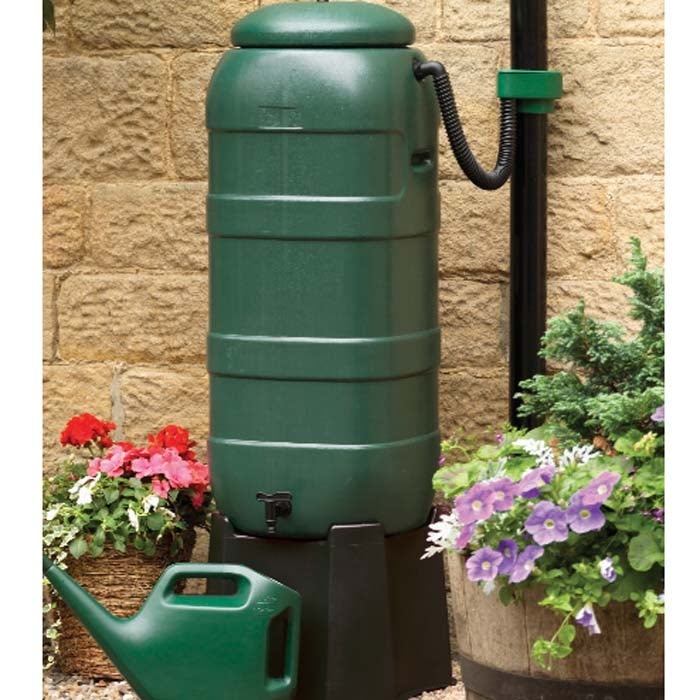
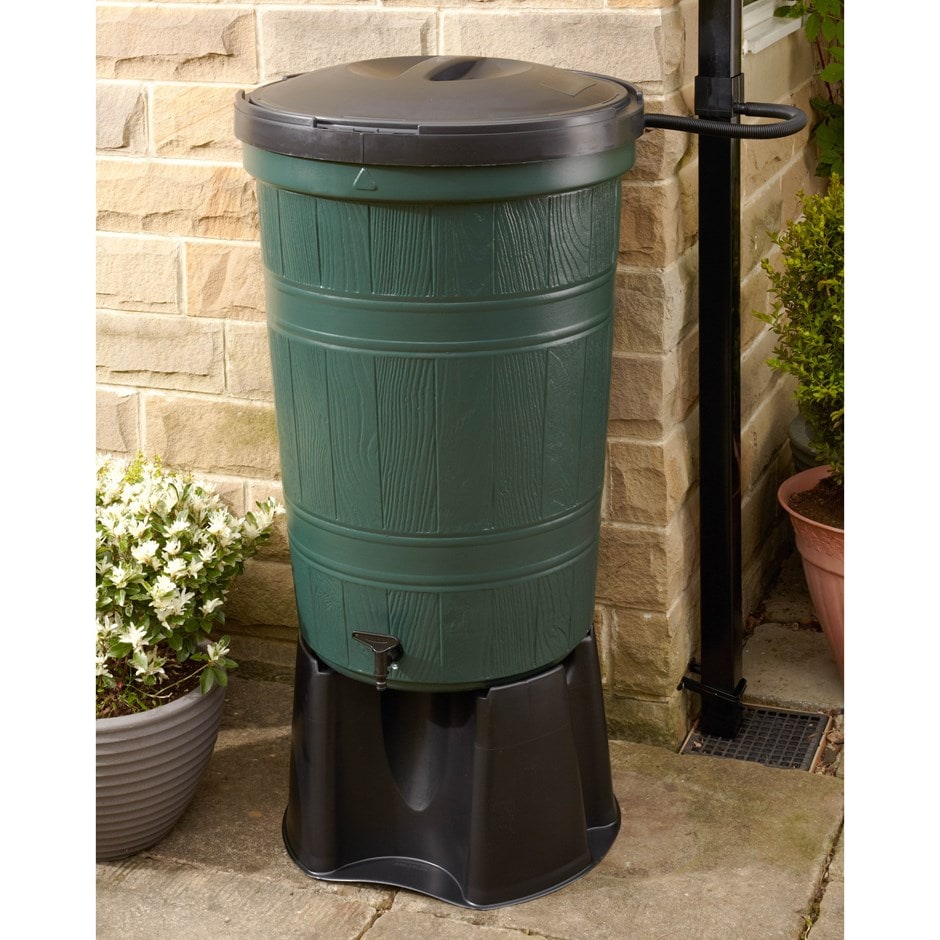
It mitigates flooding
If we all collected rainwater less water would run off the paved surfaces and flood the street drains. Unfortunately more and more front and back gardens get paved over, and water can no longer seep back into the ground. This precipitates flooding of streets and homes. Collecting water in water butts can be a wonderful way to mitigate this.
Councils now subsidise water butts by 60% or more
To encourage more residents to save rainwater, many councils have schemes providing subsidised water butts that can cut start-up costs to around £30 or less for a standard 200-litre water butt. Take a look at the council’s website to order yours. www.getcomposting.com
Water butts are quick and easy to install, and last for many years
Most water butts come with attachments that fit to your gutter’s down pipe. These divert the rainwater into the butt until it fills, allowing any excess water to flow away as normal. The instructions are clear and you need no great DIY skill. Even if there’s no access or room to attach a water butt to the main down pipe from your roof, you could still harvest nearly 640 litres of water a year from a 7ft by 5ft shed roof. That’s more than enough water to keep 50 tomato plants healthy for up to three months!
Water butts support the recycling industry
Most water butts are made from hardwearing recycled plastic, so your purchase helps to support Britain’s green industry and keep a chunk of useful material out of landfill.
If you want to write to us and have your own blog post & thoughts placed on this website to help others, please reach out to us via our Contact Us page!
– Justine McNeil and The Beautify Balham Team
Information sourced from https://blog.greenredeem.co.uk/




